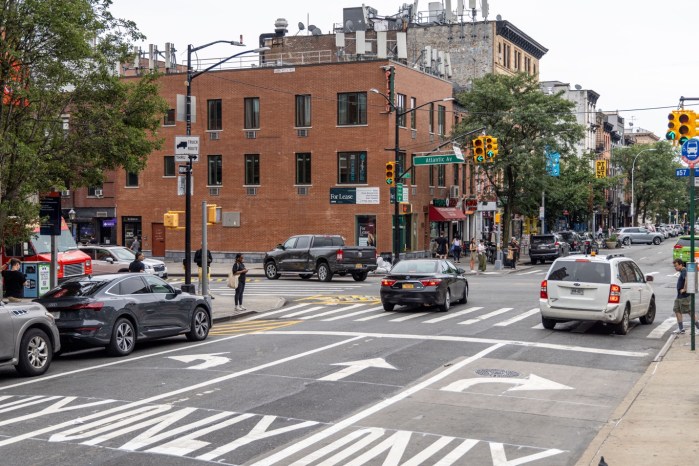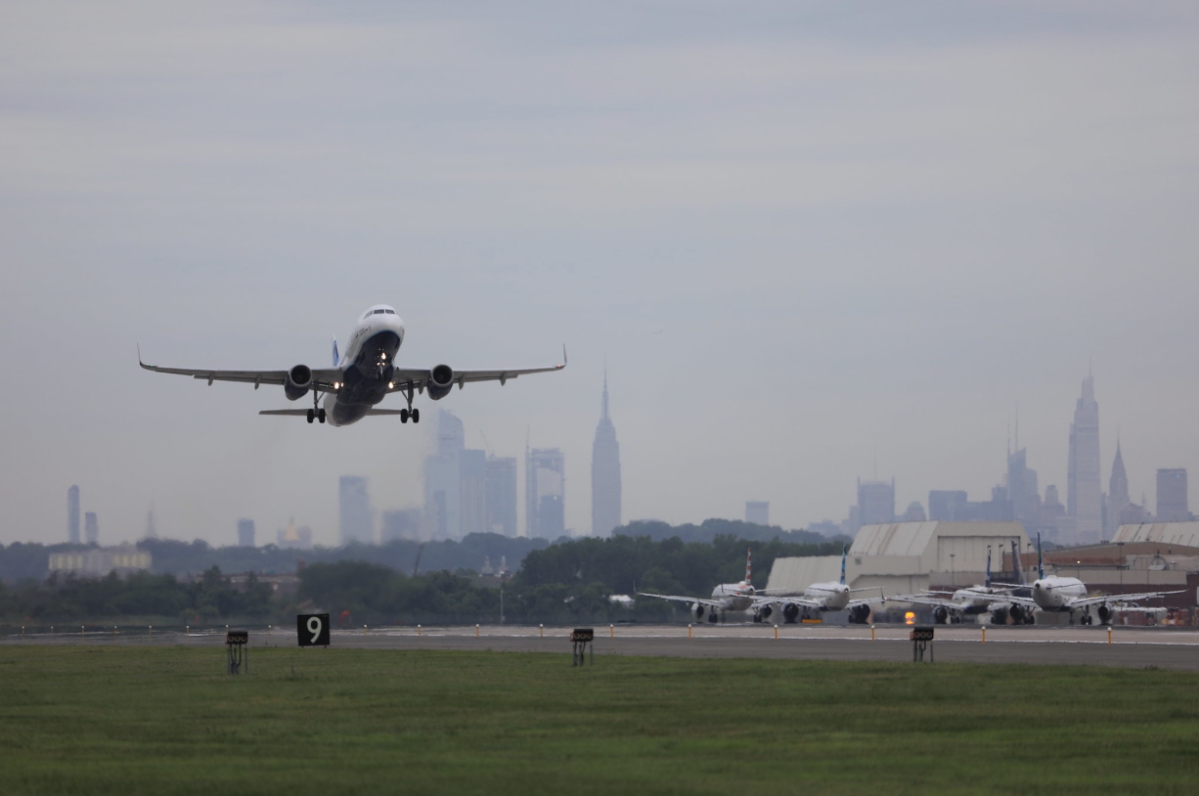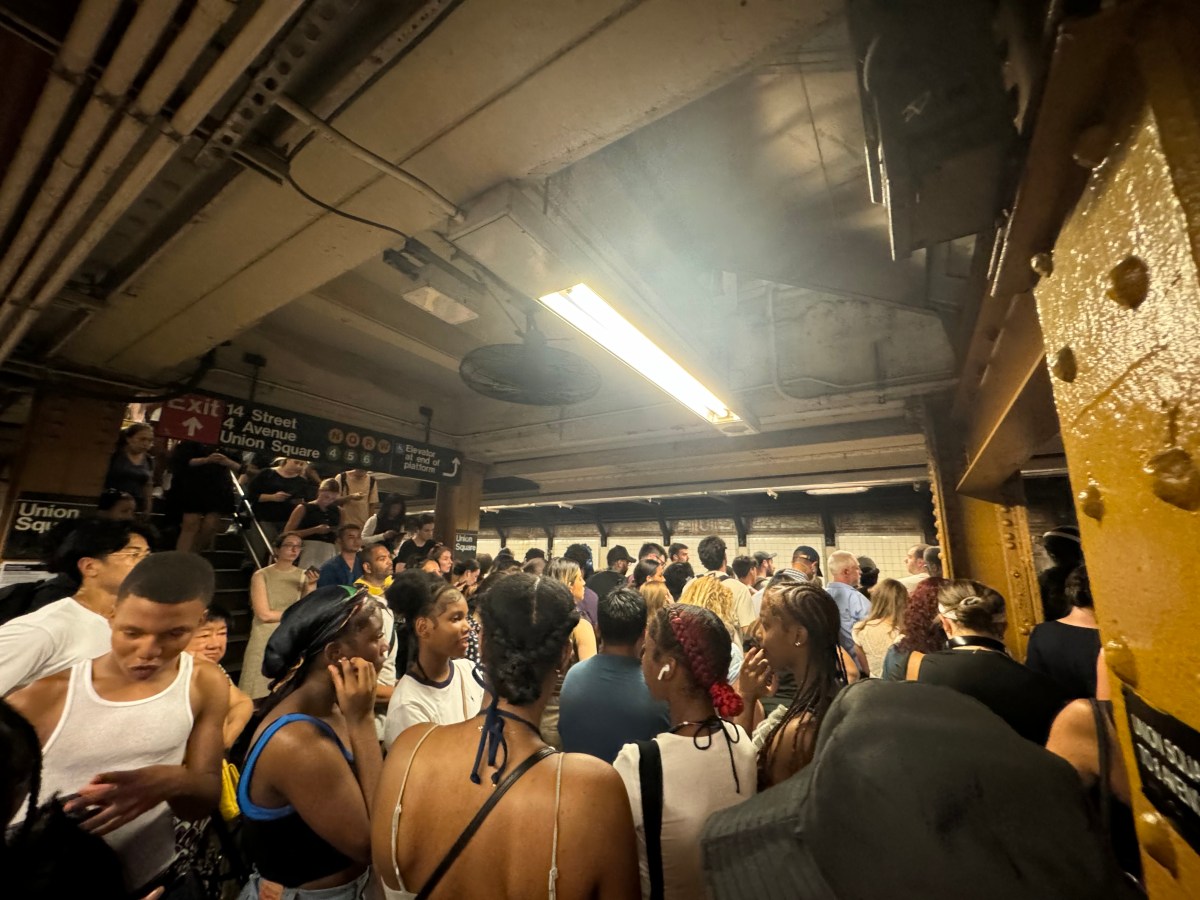A much-ballyhooed law that is supposed to allow bicycle commuters to bring their wheels into their offices has gone flat in Brooklyn.
Nine months after the “Bikes in Buildings” law went into effect, only 12 applications have been submitted by Brooklyn workers who want to bring their rides into offices — and only four landlords have fully complied with the request, according to the Department of Transportation.
The applicants that failed in their efforts to bring bicycles into the workplace generally faced one problem: a resistant landlord.
Under the much-misunderstood program, cyclists must initiate the process in their workplaces by first formally approaching their boss and requesting to bring a bicycle into the building.
In some cases, that is where the process ended, as many bosses are wary of challenging a landlord.
But if dialogue between the cyclist, his or her boss, and the landlord proceeds, a formal application for bicycle access is filed with the city, which then sends inspectors to approve a plan that specifies how the bikes will be brought in and where they will be stored.
It’s a complicated process, as Clare Miflin, an architect at the firm Kiss and Cathcart in Downtown, discovered.
In her case, the sticking point with her landlord was whether a freight elevator — which is critical for a “bikes in buildings” plan — could accommodate bikes.
“There are only four small elevators in our building, one of which is used for freight — but it’s used by tenants like any other elevator so [the landlord] argued it wasn’t actually a freight elevator [and therefore couldn’t accommodate bikes],” said Miflin.
Her frustrating experience echoed the criticism expressed when the law first went into effect: that it depended on a landlord’s magnanimity — a trait not generally associated with building owners.
Alexandra Farkas, who works for Erikson Translations on Court Street, tried her luck with the bikes in building law, but it did not go well for her, either.
“We succeeded in getting the building to allow us to bring bikes in, but we don’t have room in our offices to park them, and the landlord hasn’t made space available,” said Farkas.
“My coworker put a lot of work into it, but it was kind of a dead end,” Farkas added.
But Robert Hebron, a leasing broker who works throughout Downtown, said that bringing bikes into buildings is easier said than done.
“I’m a cyclist but I can sympathize with landlords — in these older buildings there really is limited space! You want to draw tenants with this as a perk, but there are limited options!”
Of course, for a few lucky applicants in Brooklyn, this process was relatively painless.
“It went extremely well! The building’s management was really cooperative,” said Gail Kovach, who works for the Social Science Research Council, which has offices at 1 Pierrepont Plaza. “We filed the request, two weeks later the manager filed the necessary plan and a week later it was approved. It was really quick!”
After some planning, cyclists and the buildings management were able to make room for bikes in the office, so now roughly 10 two-wheelers are up against the walls and cubicles of the offices of the Social Science Research Council.
“It’s kind of funny seeing the bikes around the office,” said Kovach. “But no one objects and we feel we’re making a small dent in all the pollution of the environment.”
The building is owned by Bruce Ratner, who has also been quick to allow bikes in one of his Metrotech office buildings in Downtown. But the developer has not allowed bikes in his 1 Metrotech Center building.
Department of Transportation spokesman Monty Dean recommended that cyclists who are having trouble convincing their landlord to consider a “bikes in buildings” proposal should contact the agency through its website.
Dean agreed that participation is low in Brooklyn, but the agency expected that to be the case.
“Most of the requests have come from Manhattan due to the density of large commercial buildings there,” Dean said.
All told, the agency has received 324 “bike access plans” citywide, covering up to 2,500 bikes. Not all of those “access plans” have been implemented.























